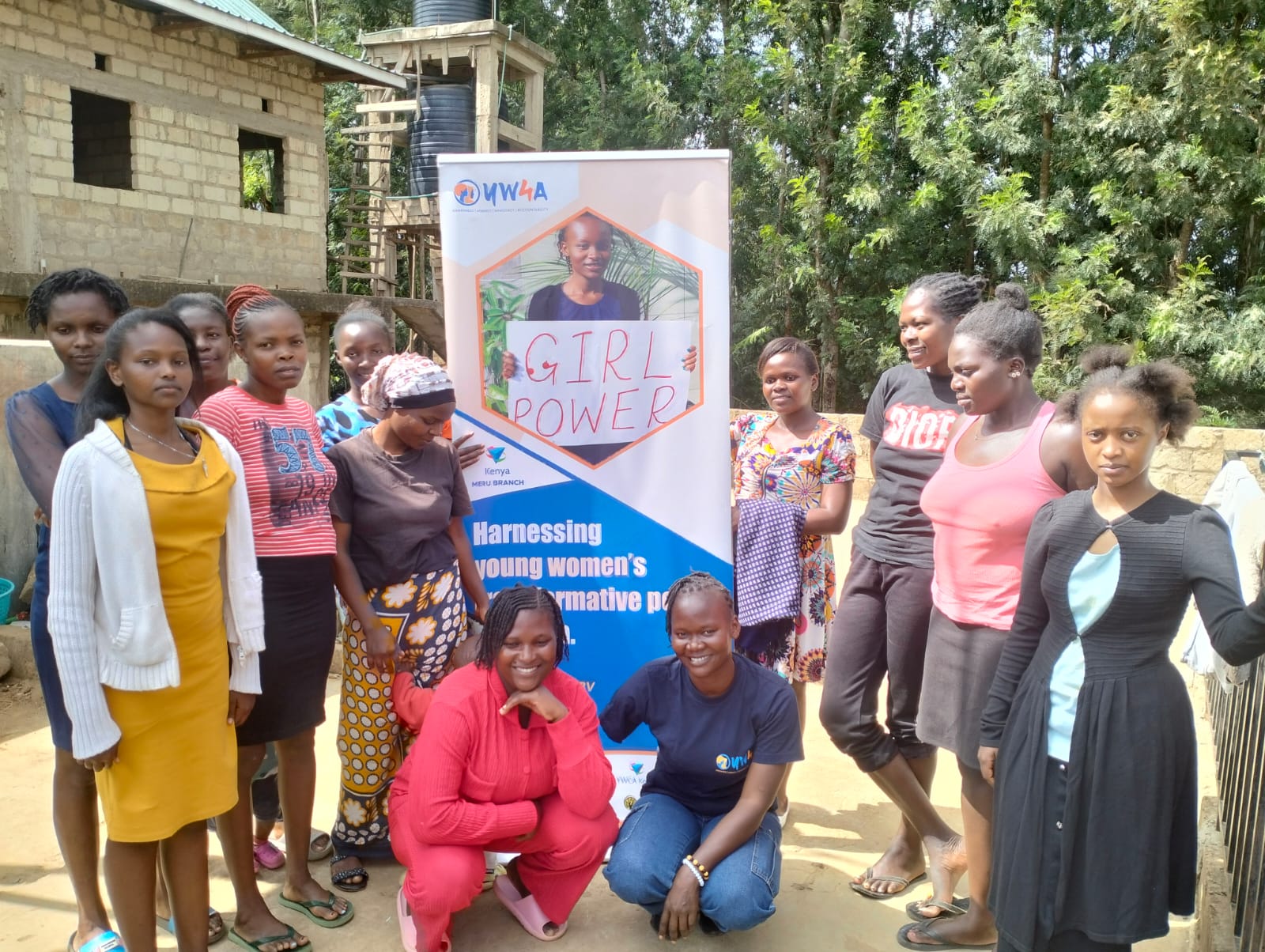Ensuring that persons with disabilities have equal access to sexual and reproductive health and rights (SRHR) services is essential for promoting dignity, equality, and well-being. However, many SRHR programs fail to consider the specific needs of persons with disabilities, leading to exclusion and barriers in accessing healthcare. To build an inclusive SRHR program, disability inclusion must be intentionally integrated into policies, services, and awareness efforts.
A key step in mainstreaming disability inclusion is conducting a needs assessment to understand the challenges that persons with disabilities face in accessing SRHR services. Many individuals encounter barriers such as inaccessible healthcare facilities, lack of disability-friendly communication tools, and stigma from healthcare providers. Engaging with persons with disabilities, disability rights organizations, and healthcare professionals helps identify these challenges and develop solutions that promote inclusivity.
Physical accessibility is another critical factor in making SRHR services inclusive. Many healthcare facilities lack ramps, elevators, adjustable examination tables, and accessible washrooms, making it difficult for persons with mobility impairments to receive care. Communication barriers also exclude many individuals, as there is often a lack of sign language interpreters, Braille materials, and screen-reader-friendly digital resources. Ensuring accessibility means designing healthcare services that accommodate the diverse needs of persons with disabilities and eliminating obstacles that prevent them from receiving the care they deserve.
Building Capacity of Healthcare workers, and community Health workers including trainers on Disability – Inclusive SRHR
Training healthcare providers on disability-inclusive SRHR services is essential to breaking down barriers. Many medical professionals lack awareness of the reproductive health needs of persons with disabilities, leading to discrimination and inadequate care. Training should focus on effective communication strategies, disability rights, and eliminating harmful stereotypes about the sexuality of persons with disabilities. When healthcare workers are equipped with the right knowledge and skills, they can provide inclusive and respectful services that uphold the dignity and autonomy of every individual.
Developing Inclusive SRHR Polices and Guidelines
Inclusive policies and guidelines play a crucial role in ensuring sustainable change. Governments, NGOs, and healthcare institutions must integrate disability inclusion into national and organizational SRHR policies. Aligning these policies with international frameworks such as the United Nations Convention on the Rights of Persons with Disabilities (UNCRPD article 25) ensures that the rights of persons with disabilities are protected. Additionally, the SDGs Goal 3 good Health and wee-being aims to ensure universal access to sexual and reproductive healthcare services, including family planning, maternal health, and HIV prevention and other policies should be strengthened to provide equitable access to SRHR services for all individuals, regardless of their abilities.
Another key area of focus is the promotion of disability-inclusive comprehensive sexuality education. Many persons with disabilities do not receive adequate information about their reproductive health due to the assumption that they do not require it. SRHR programs should ensure that sexuality education materials are available in accessible formats, such as Braille, large print, and audio versions. Information on topics like consent, relationships, contraception, and reproductive health should be tailored to meet the needs of persons with disabilities, empowering them to make informed decisions about their health.
Engage Persons with Disabilities in Program Design and Implementation
To create truly inclusive SRHR programs, persons with disabilities must be actively involved in decision-making, planning, and implementation. Organizations of persons with disabilities (OPDs) should be consulted when designing policies and services, and persons with disabilities should be employed in healthcare, advocacy, and program management roles. Establishing feedback mechanisms allows individuals to share their experiences and suggest improvements, ensuring that programs are responsive to their needs.
Raising Awareness and Addressing Stigma
Raising awareness and addressing stigma are also crucial components of disability-inclusive SRHR programs. Many communities hold harmful stereotypes about persons with disabilities and their sexuality, leading to discrimination and exclusion. Awareness campaigns should challenge these myths, educate families and caregivers about the importance of SRHR for persons with disabilities, and promote their rights through media, workshops, and advocacy events. Community engagement is key to creating an environment where persons with disabilities feel supported and respected in accessing reproductive healthcare.
Strengthening Data Collection and Research
Finally, strengthening data collection and research is necessary to inform policy decisions and improve service delivery. Governments and organizations should collect disaggregated data on persons with disabilities accessing SRHR services and conduct research on their specific reproductive health needs. Accurate data allows policymakers and service providers to design evidence-based interventions that address gaps and promote accessibility in SRHR programs.
Conclusion
Mainstreaming disability inclusion in SRHR programs requires a comprehensive approach that involves healthcare providers, policymakers, persons with disabilities, and communities. By making SRHR services accessible, training healthcare professionals, developing inclusive policies, and promoting awareness, we can ensure that persons with disabilities have equal rights and access to sexual and reproductive health services. Inclusion is not just a choice; it is a necessity for achieving health equity and social justice.

